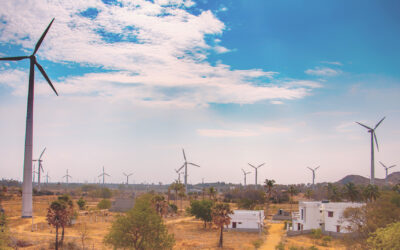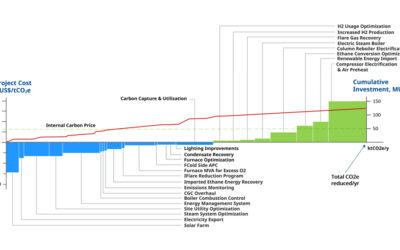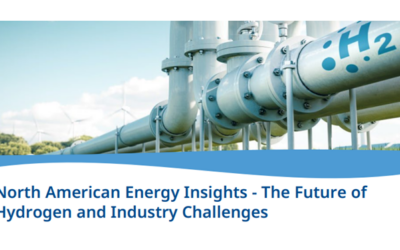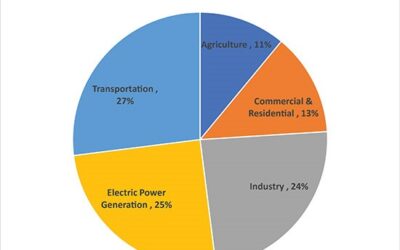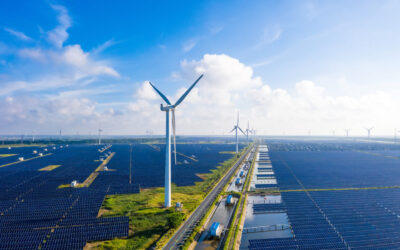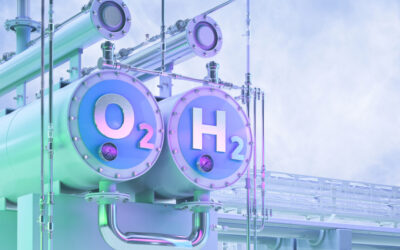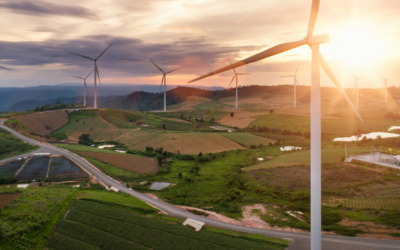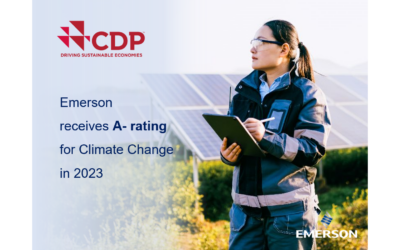Much of our attention on the rise of renewable energy has been focused on the United States and Europe, but the reality is that a trend toward increasing renewable electricity generation is happening around the globe. Nowhere is that more obvious than in India, where...
sustainability
Sustainability and Optimization Study
Qatar Chemical (Q-Chem)’s Hasna A Sidahmed teamed up with Emerson’s Harish Govindan and Janka O’Brien to present Sustainability and Energy Optimization Study at the 2024 Emerson Exchange Conference in Düsseldorf, Germany. Here is their presentation abstract....
Making regional carbon capture and storage hubs more viable
Regional carbon capture and storage hubs enable multiple CO2 emitters to share infrastructure and pipelines, thereby reducing costs. Advanced automation solutions can increase the operational efficiency and enhance the economic viability of these projects.
Software-Defined Control Unlocks a Future of Flexibility
It seems as if the challenges facing process manufacturers have changed nearly overnight, with many operations teams now facing entirely different goals than just five short years ago. These new goals—increased sustainability, reduced energy use, optimal...
Planning the Projects on Path to Net Zero
Emerson’s Marcelo Carugo and Pete Sharpe share in a Hydrocarbon Processing article, Planning a practical path to net-zero, how many companies around the world and across the size spectrum have committed to aggressive carbon-neutral targets and are now looking to their production sites for practical plans on how to achieve these goals.
The Future of Hydrogen
The Future of Hydrogen event’s objective was to provide insights into the latest advancements, market trends, and applications of hydrogen energy and be a platform for networking, sharing ideas, and exploring the future potentials of hydrogen.
Reducing Greenhouse Gas Emissions in Oil Refineries and Beyond
This article discusses ways to immediately reduce emissions in refineries, and it suggests ways to strategically use refineries to drive significantly larger emission reductions across multiple sectors.
Beyond the Black Box: Unlock More Value from Green Energy Assets
There are very few topics getting as much attention today as renewable energy. From expanding wind farms and solar operations to green hydrogen technology, to electric vehicles and their impact on the grid and infrastructure, the face of how we generate and use power...
Accelerating the Hydrogen Revolution
At the 2024 Emerson Exchange in Düsseldorf, Germany, a panel of experts assembled to discuss How to accelerate the hydrogen revolution for the process industries with changing legislation and approval processes.
Break Away from Suboptimal Turbine Control
The days of wind energy as a niche market are long behind us. Today, wind power makes up a growing share of the energy marketplace as corporate, government, and societal pressures for reducing carbon emissions continue to increase. However, meeting the needs of the...
Emerson’s Boundless Automation Vision for Next-Generation Architecture
If there is one word to describe the kickoff to Emerson Exchange EMEA 2024, it would be Boundless. Attendees have a front row seat to Emerson’s Boundless Automation™ vision and actionable strategy for a modern industrial computing environment – and boundless...
Measuring Progress on Environmental Sustainability
Emerson Chief Sustainability Officer Mike Train joins Jim Cahill in this podcast to discuss Emerson’s progress as measured through the CDP program and ways it’s helping its customers drive their environmental performance.
Keep Up to Date With the Latest News and Updates
Follow Us
We invite you to follow us on Facebook, LinkedIn, Twitter and YouTube to stay up to date on the latest news, events and innovations that will help you face and solve your toughest challenges.
Do you want to reuse or translate content?
Just post a link to the entry and send us a quick note so we can share your work. Thank you very much.
Our Global Community
Emerson Exchange 365
The opinions expressed here are the personal opinions of the authors. Content published here is not read or approved by Emerson before it is posted and does not necessarily represent the views and opinions of Emerson.
